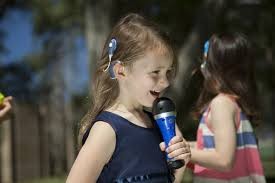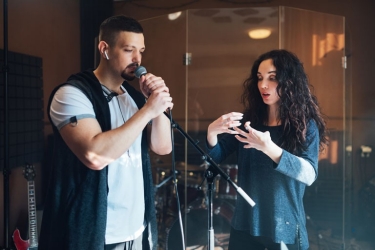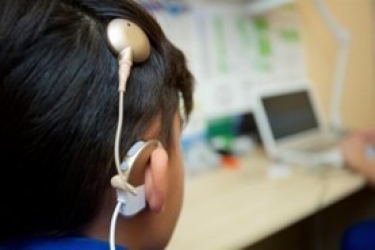Cochlear implants allow deaf people to recover some form of hearing and understand speech, but current devices are limited, and the consequences of these limitations have not been fully explored. For example, there is a growing consensus that hearing loss interacts with cognitive systems. Yet, relatively little is known about the cognitive burden of CI users. The present project is currently developing a robust tool to measure the cognitive effort induced by the CI, using a combination of behavioral scores, pupillometry, and subjective appreciation. It hypothesizes the poor representation of voice pitch may stand as one important cause for the increased effort.
[This work received funding from the Quebec government in collaboration with Oticon Canada, as well as funding from the Natural Sciences and Engineering Research Council of Canada.]









